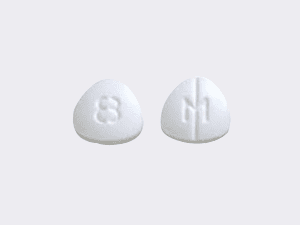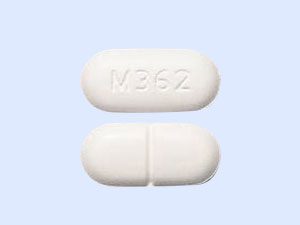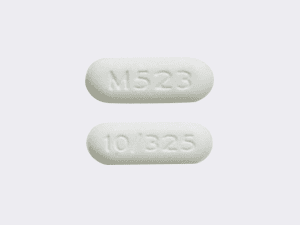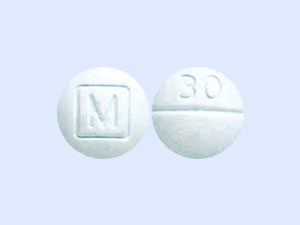Subtotal: $939.00
Oxycodone 20mg – The Complete Medical Guide
Introduction to Oxycodone 20mg
Oxycodone 20mg is a high-potency immediate-release opioid analgesic classified as a Schedule II controlled substance. This intermediate-strength tablet is prescribed for moderate to severe acute pain in opioid-tolerant patients, typically following major surgeries, traumatic injuries, or for cancer pain management. With 1.5 times the potency of oral morphine, it requires careful clinical oversight due to risks of respiratory depression, misuse, and addiction.
Oxycodone 20mg
Oxycodone 20mg HCl tablets contain Oxycodone (K 57 grey round pill), a narcotic agonist medication used in adults to manage pain severe enough to require narcotic treatment. It works in the brain to change your body’s emotions and stress response. Oxycodone HCl Controlled-Delivery Tablets are narcotic pain relievers available in 10 mg and 20 mg tablets for oral administration. The pill size indicates how much Oxycodone is in each tablet as the hydrochloride salt.
Oxycodone hydrochloride is a white, odorless glassy powder derived from the opium alkaloid, thebaine. 20 milligram Oxycodone is highly soluble in water (1 g per 6 to 7 mL) and is considered soluble in alcohol (octanol water fragment coefficient is 0.7). Each oral tablet contains 5 mg, 10 mg, 15 mg, 20 mg, or 30 mg Oxycodone.
Oxycodone pill has the potential for dependence and is prescribed as a controlled substance. The side effects of K 57 pill are similar to those of other prescription drugs. Disruption is the most widespread and unwanted. The strength of these unpleasant effects decreases after a while.
Patients on Oxy pills should be monitored for withdrawal, help with discomfort, side effects, and proper use. Their pulse and breathing should also be monitored, especially in the first 24 to 72 hours after starting treatment or increasing the dose. Considering that the pain continues to increase after the comparison of the dose, the doctor should investigate the selected causes of the increase before increasing the dose of the drug or returning it. In case of adverse effects, consider a dose reduction to achieve the appropriate level of treatment without side effects.
Medical Uses & Indications
FDA-Approved Uses
✅ Moderate to severe acute pain in opioid-tolerant patients
✅ Postoperative pain (Major procedures)
✅ Trauma-related pain (Fractures, severe injuries)
✅ Breakthrough cancer pain
Key Clinical Features
• Onset: 15-30 minutes (oral administration)
• Peak effect: 1-2 hours
• Duration: 4-6 hours
• Equianalgesic potency: 20mg ≈ 30mg oral morphine
• DEA Classification: Schedule II controlled substance
Pharmacology & Mechanism
Neurochemical Action
• Full μ-opioid receptor agonist
• κ-opioid receptor partial agonist
• Inhibits ascending pain pathways
Metabolic Profile
• Hepatic metabolism: CYP3A4 (major), CYP2D6 (minor)
• Active metabolite: Oxymorphone (via CYP2D6)
• Elimination half-life: 3-5 hours
Dosing & Administration
Standard Dosing Protocol
• Opioid-tolerant adults:
Initial: 10-15mg every 4-6 hours as needed
May titrate to 20mg if lower doses ineffective
• Maximum daily dose:
80mg without specialist consultation
Administration Guidelines
• Take whole with water
• May take with food if nausea occurs
• Avoid alcohol completely
• Store securely at room temperature
Critical Safety Notes
⚠ Not for opioid-naïve patients
⚠ Requires opioid tolerance confirmation
⚠ Never crush/chew tablets
⚠ Naloxone co-prescription mandatory
Safety Profile
Common Adverse Effects
• Constipation (prophylactic management required)
• Nausea/vomiting (30-40% incidence)
• Dizziness/sedation
• Pruritus (20-25%)
Black Box Warnings
❌ Addiction, abuse, and misuse risk
❌ Life-threatening respiratory depression
❌ Accidental ingestion danger
❌ Neonatal opioid withdrawal syndrome
Risk Mitigation Strategies
Prescribing Safeguards
PDMP review before each prescription
Written treatment agreement
Limit to shortest effective duration
Frequent follow-up assessments
Patient Monitoring
• Weekly visits for new starts
• Urine drug screening
• Pill counts for chronic users
Clinical Alternatives
For Moderate-Severe Pain
• Hydrocodone 10mg combinations
• Morphine sulfate IR
• Hydromorphone IR
Non-Opioid Options
• Ketorolac limited course
• Diclofenac sodium
• Lidocaine patches
Special Populations
| Population | Dosing Considerations | Monitoring |
|---|---|---|
| Elderly (≥65) | 50% dose reduction | Increased fall risk |
| Hepatic impairment | Avoid or 75% reduction | LFT monitoring |
| Renal (CrCl<30) | Extended interval (q8h) | Renal function |
| Pediatric | CONTRAINDICATED | – |
Related
| Quantity | 30, 60, 90 |
|---|
Be the first to review “Oxycodone 20mg” Cancel reply
Related products
PILLS 💊

 Oxycodone 30mg
Oxycodone 30mg 







Reviews
There are no reviews yet.